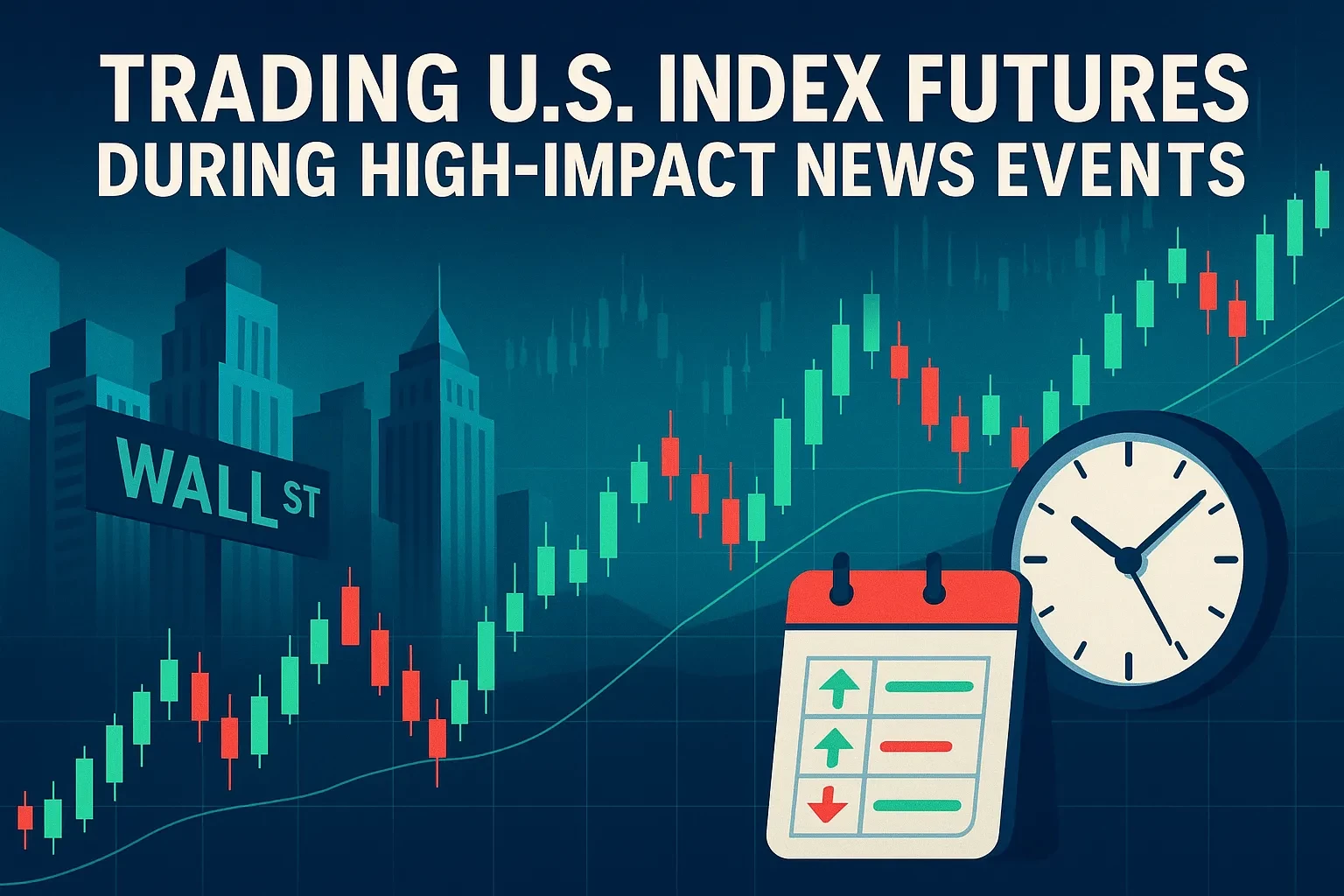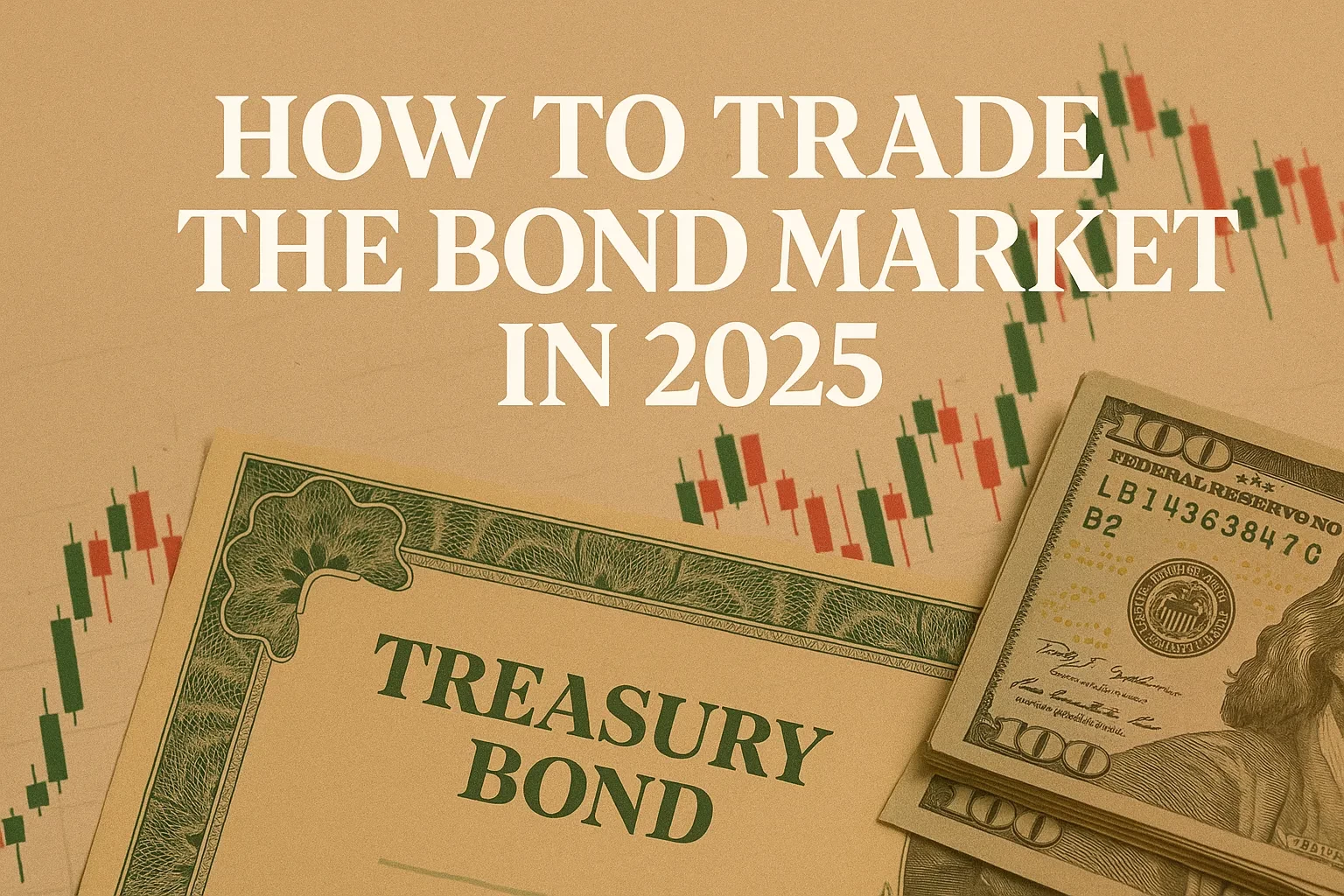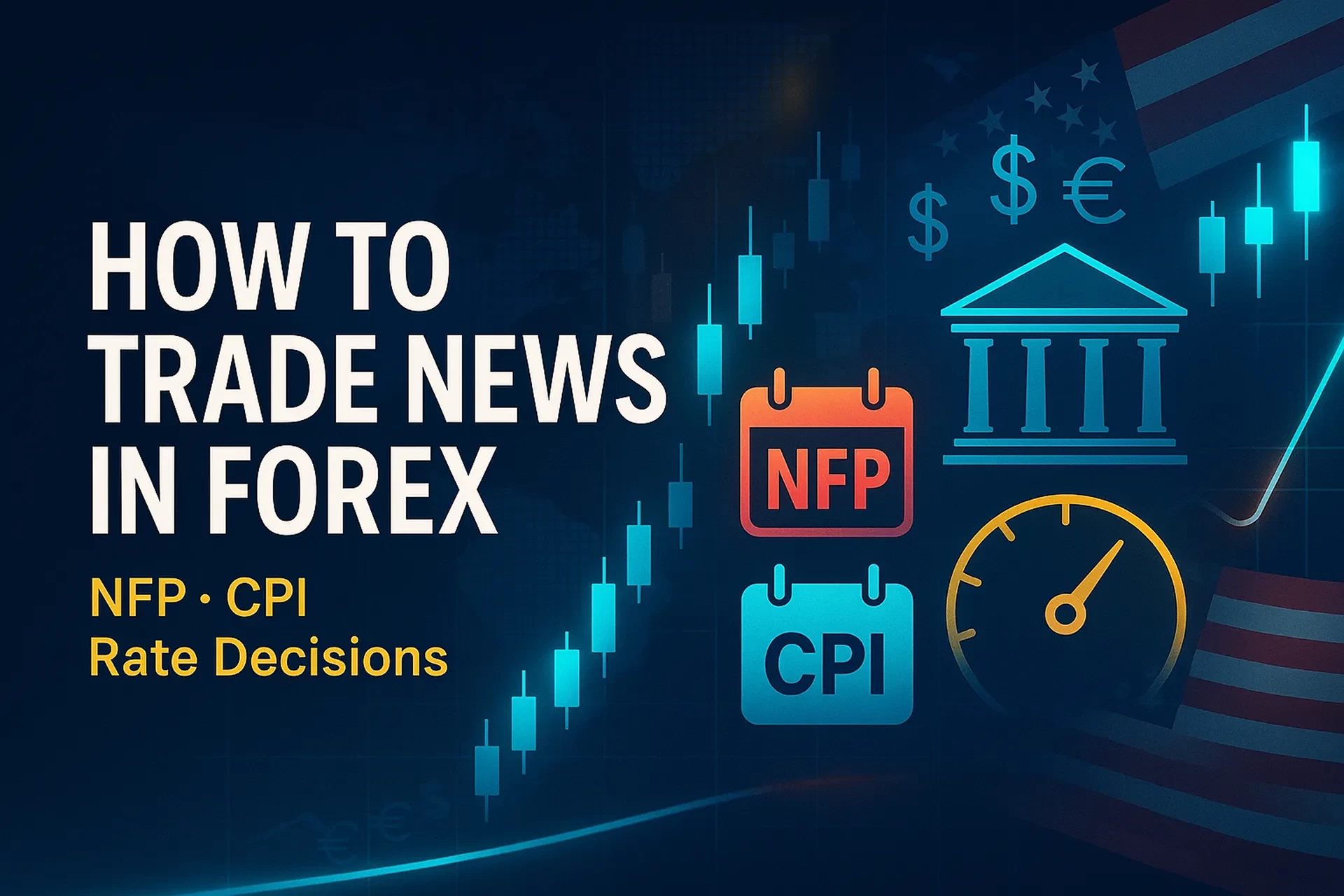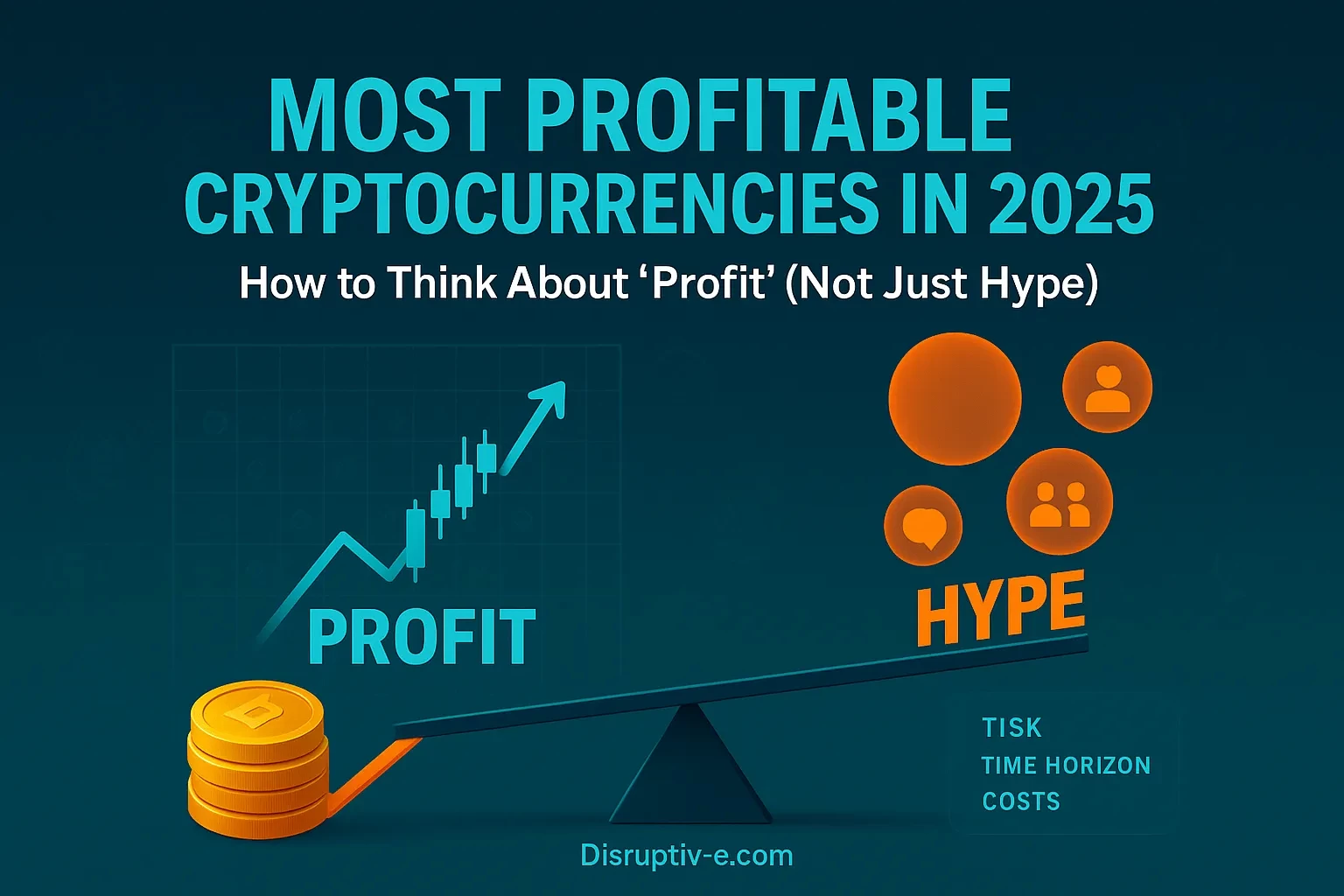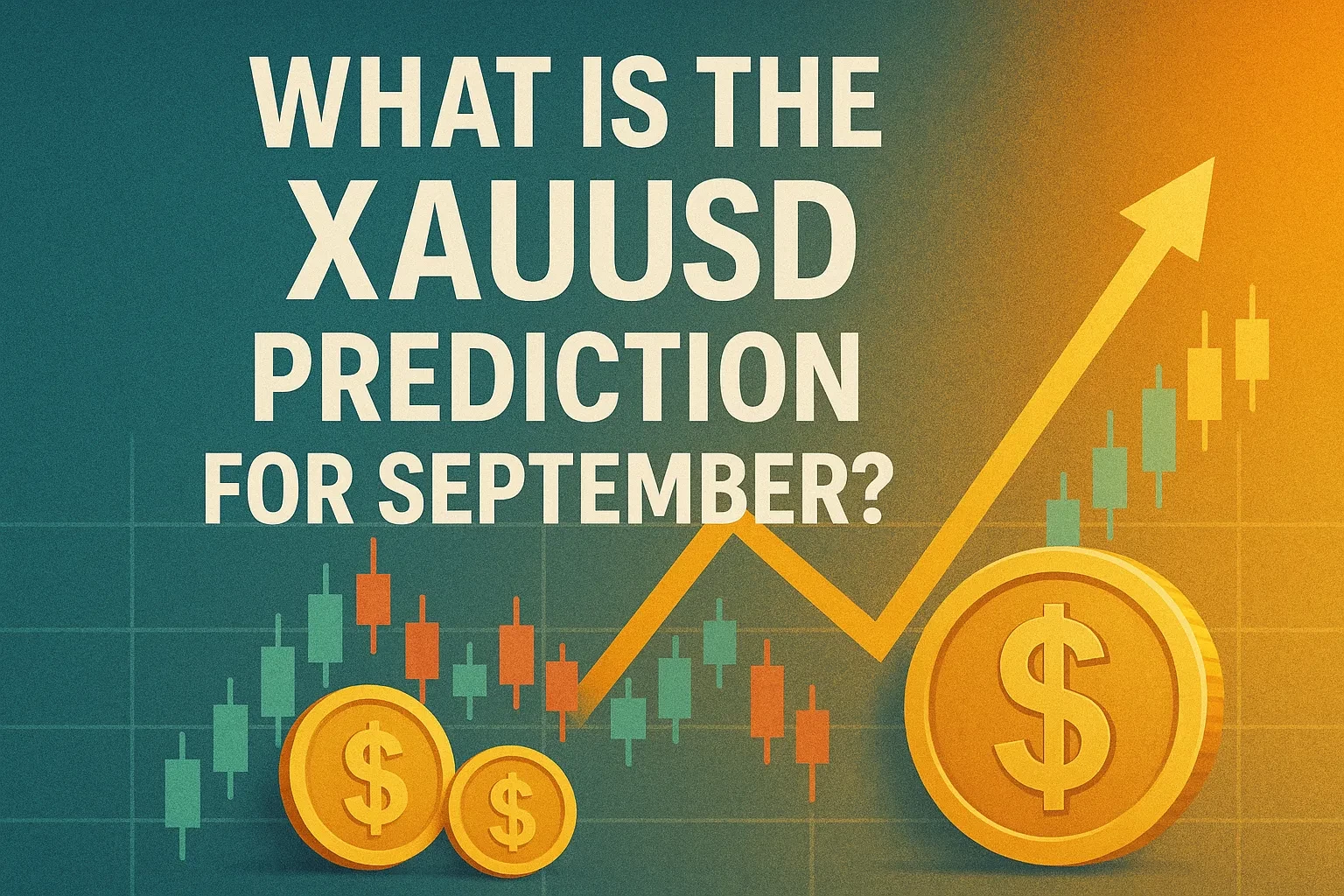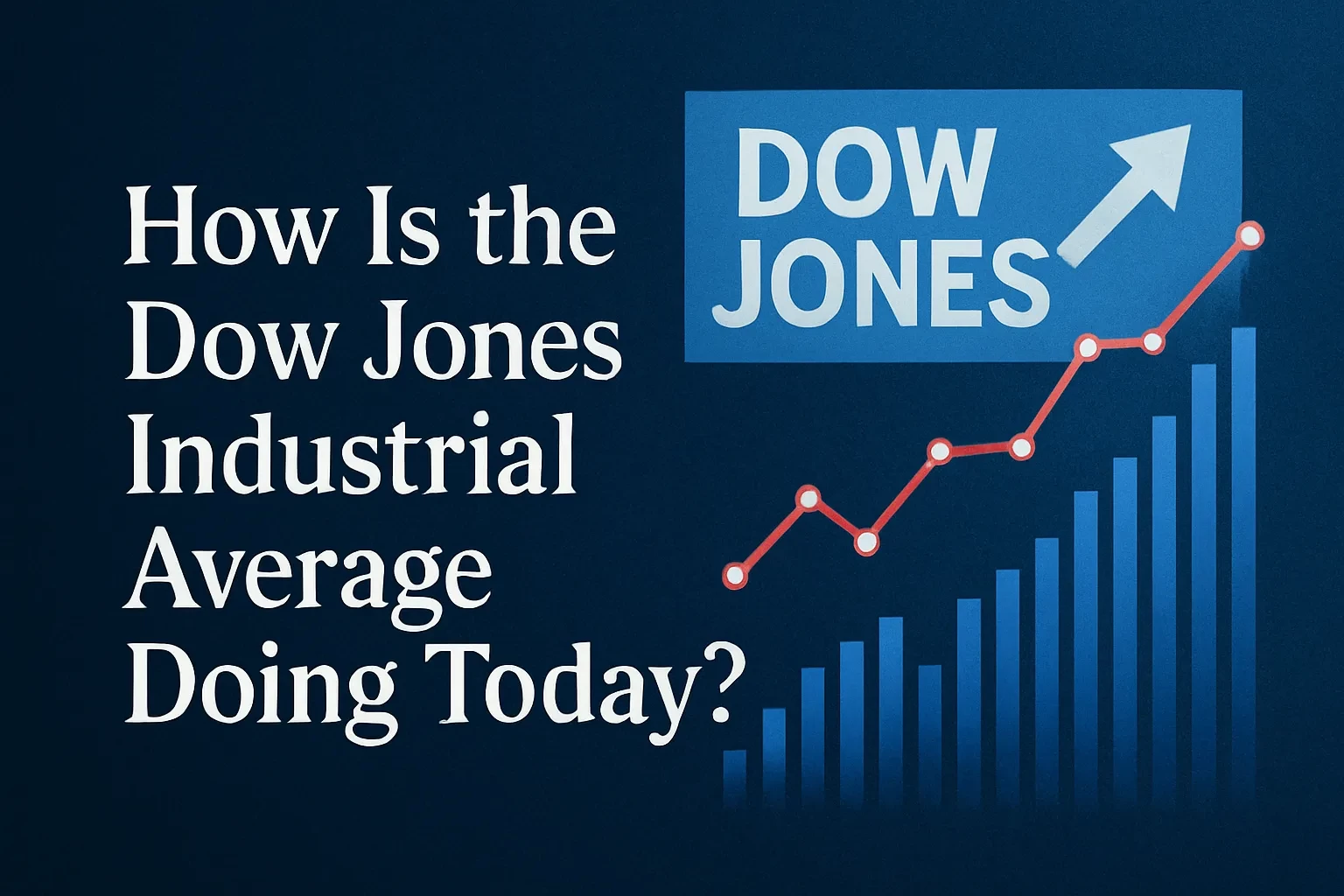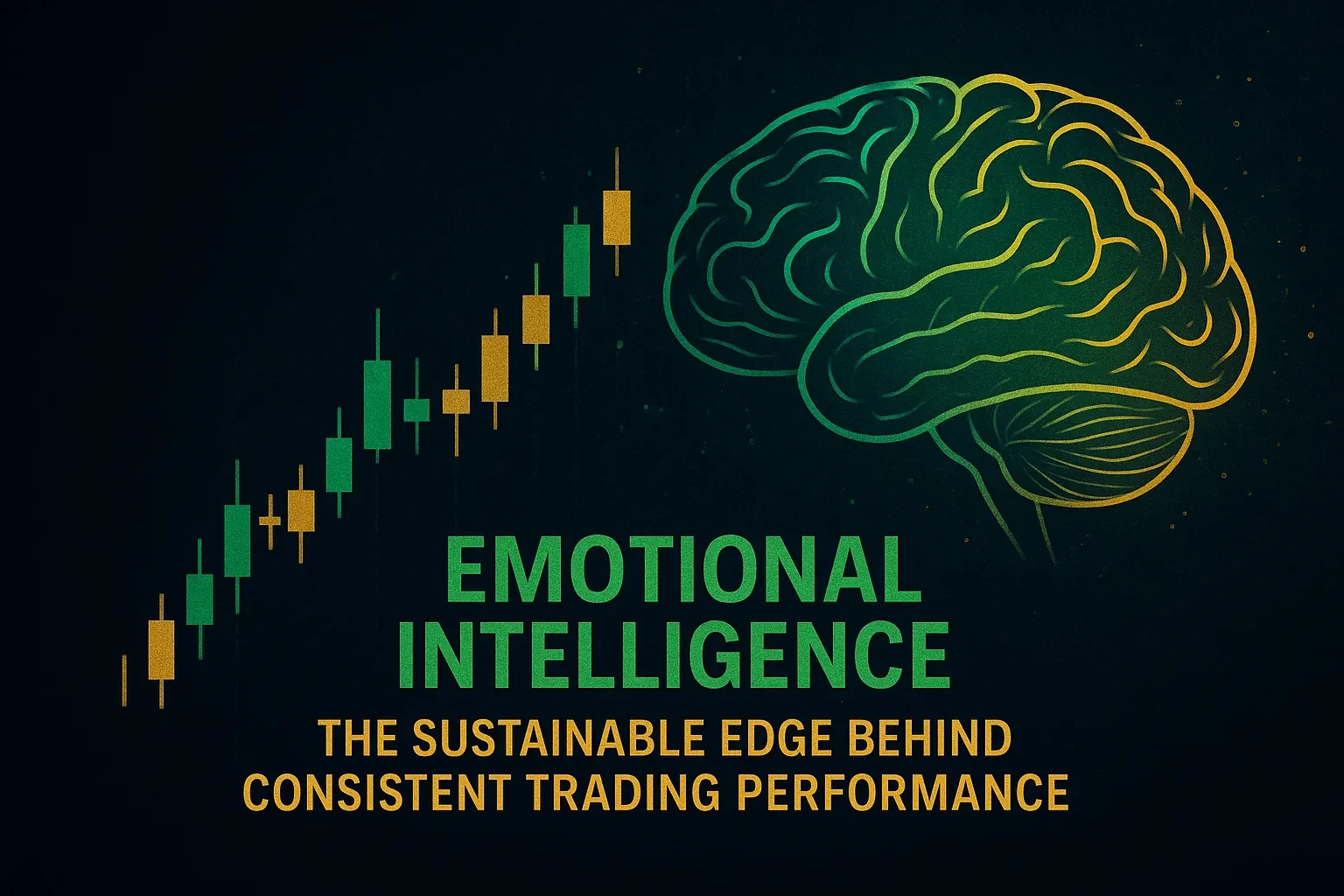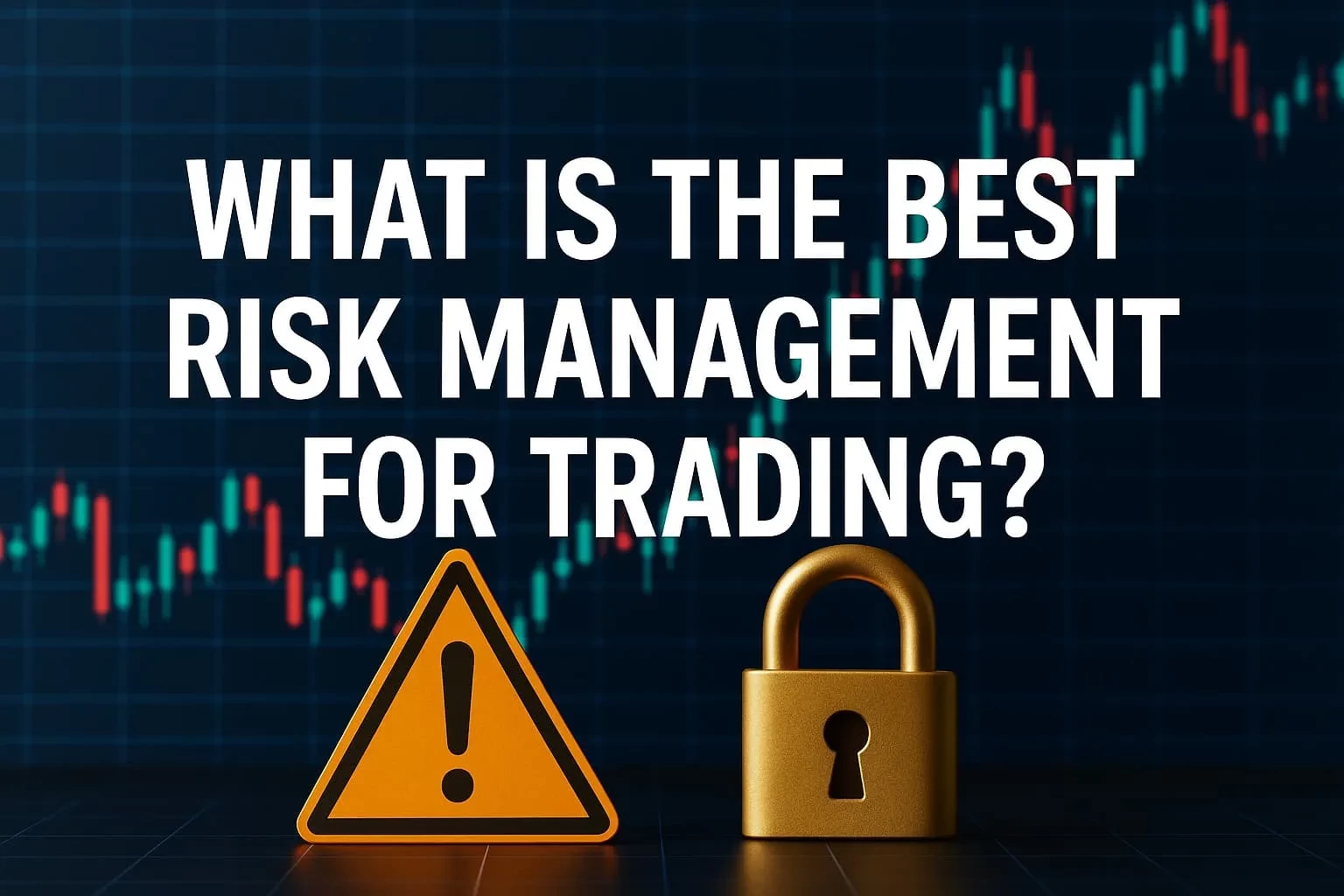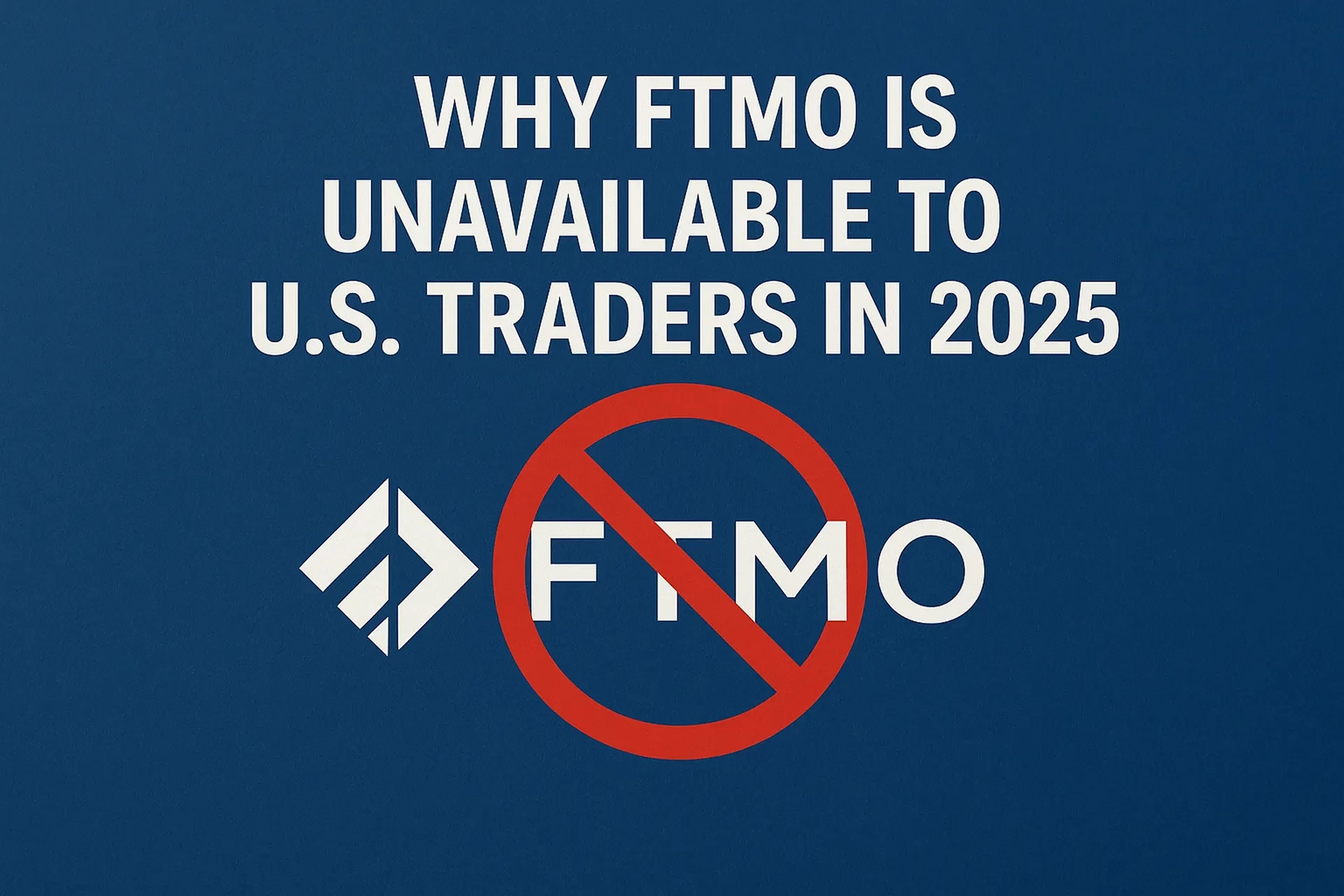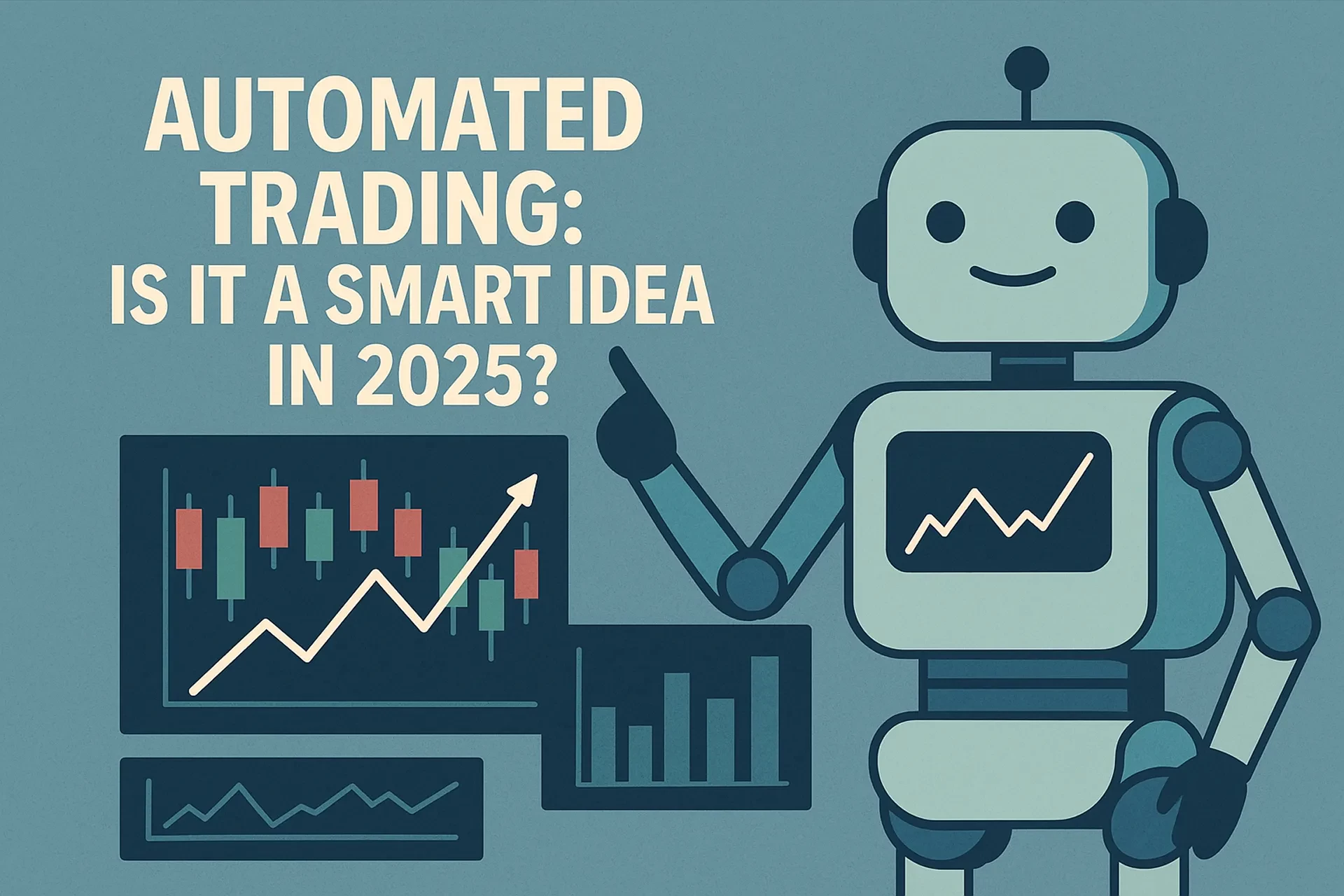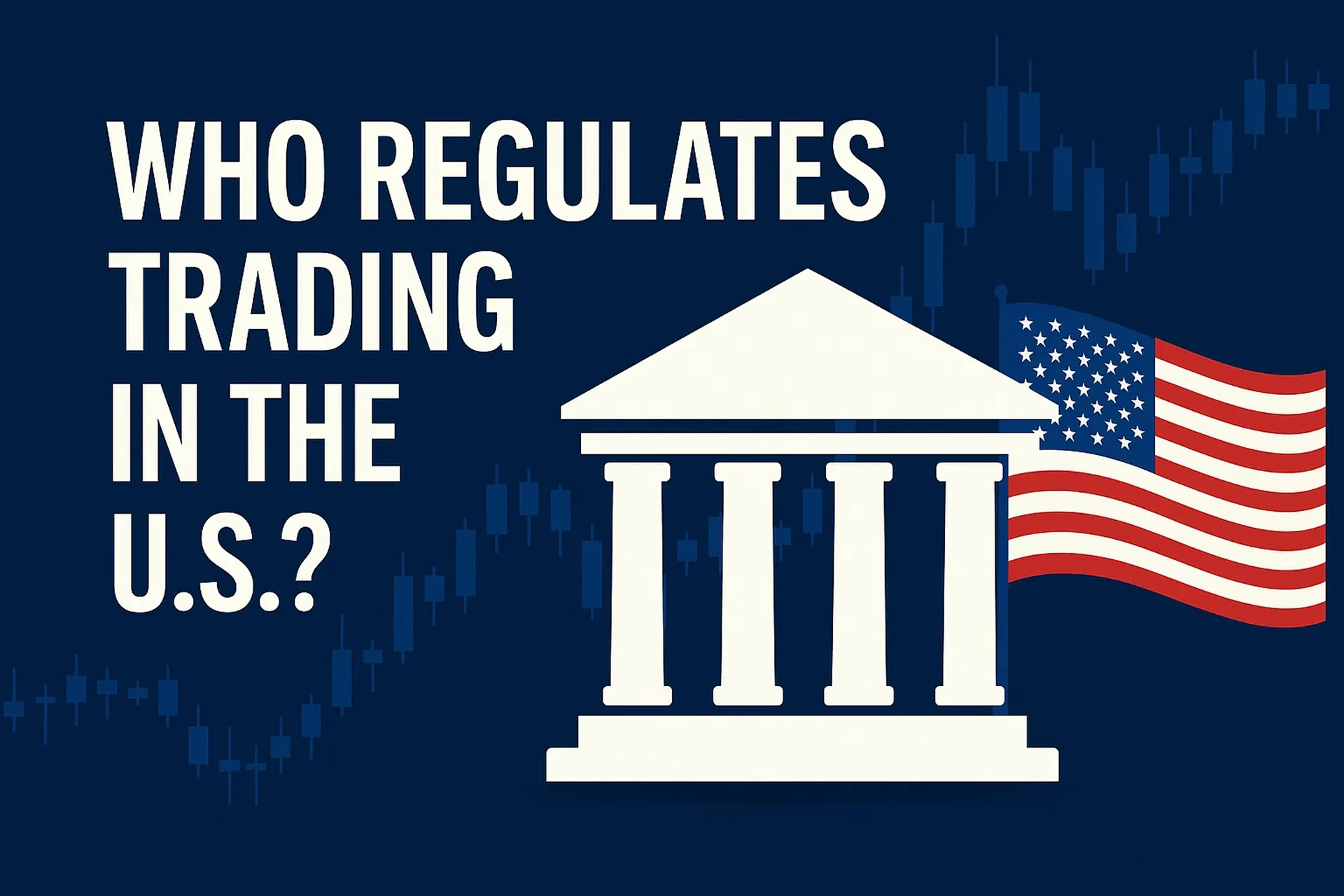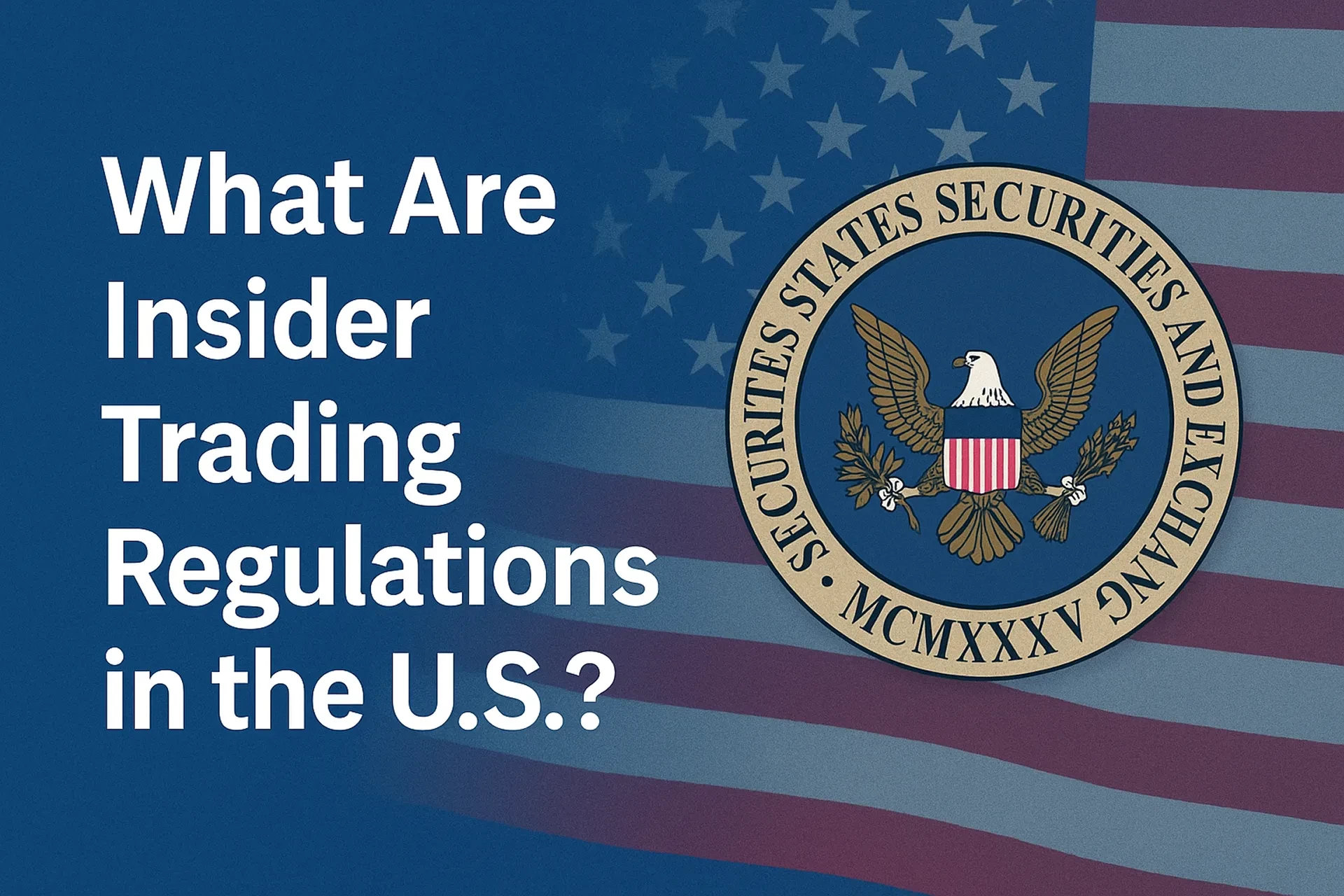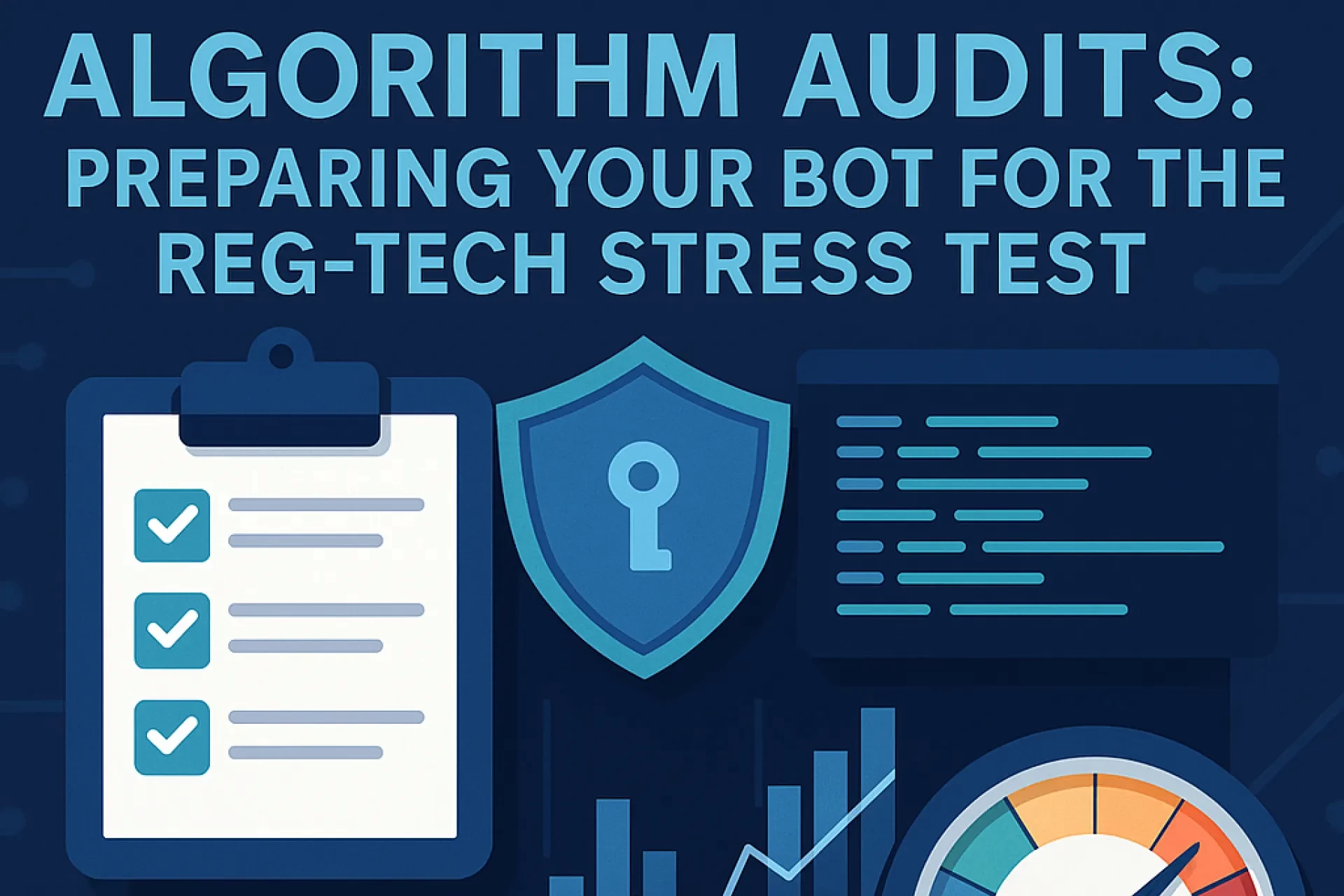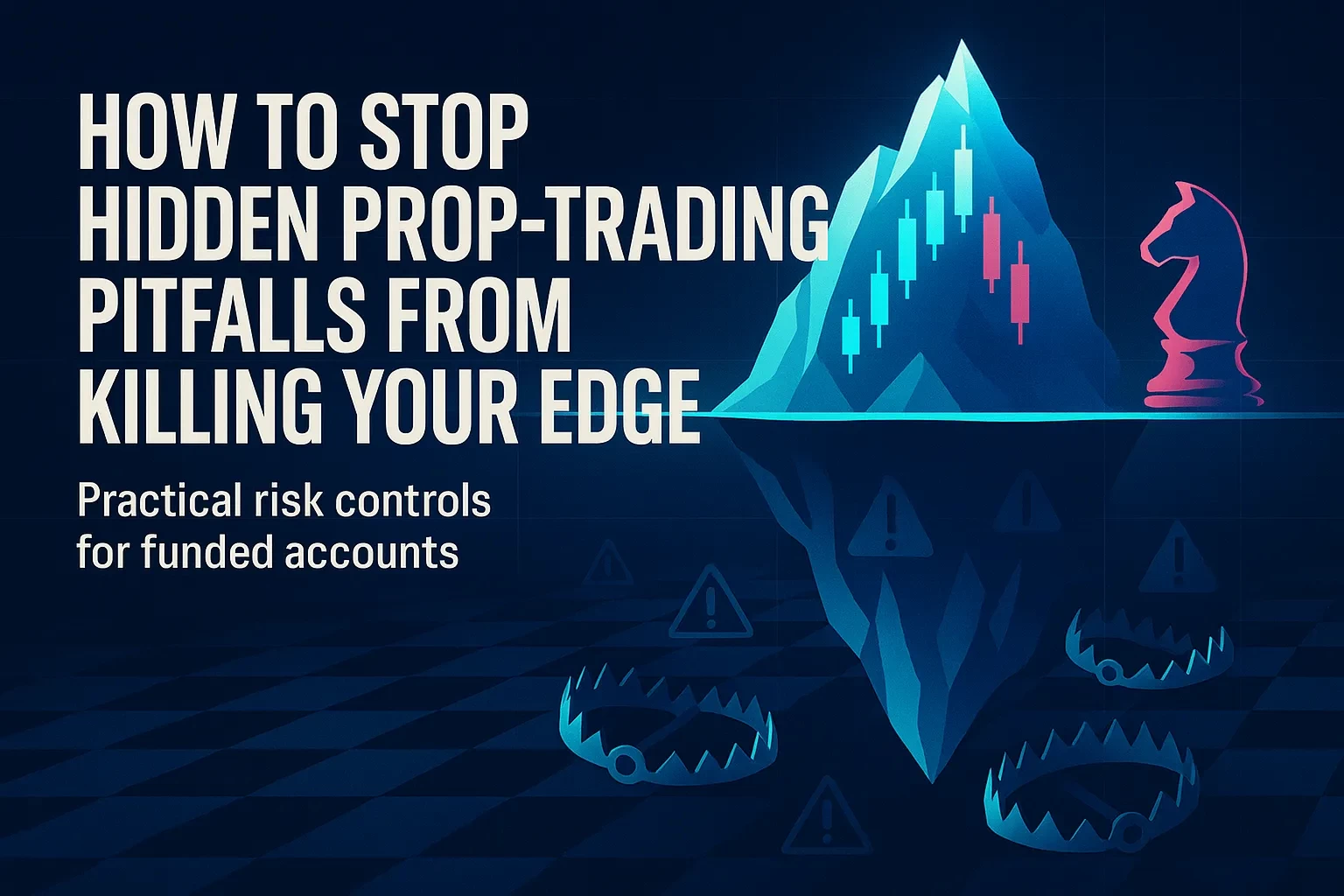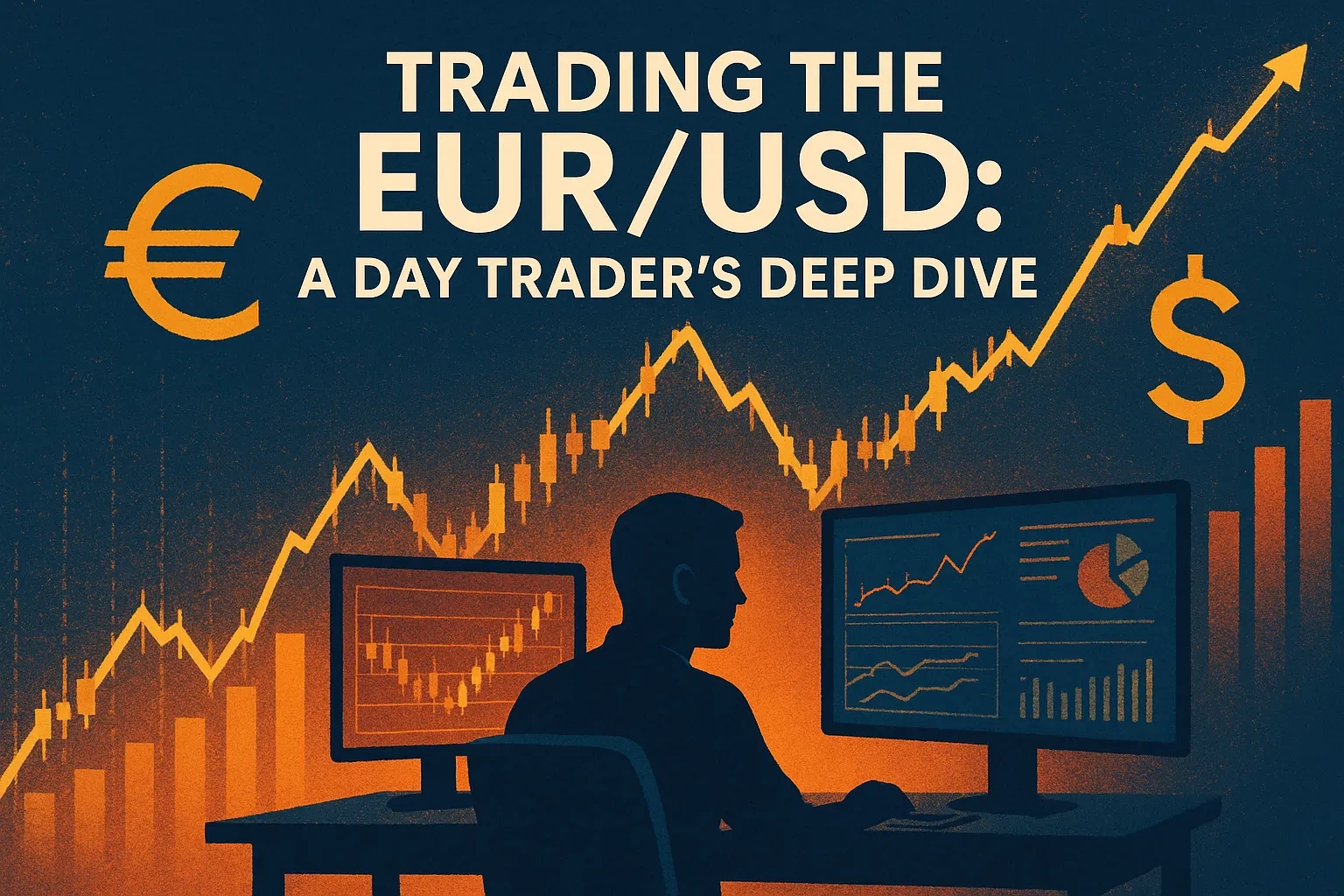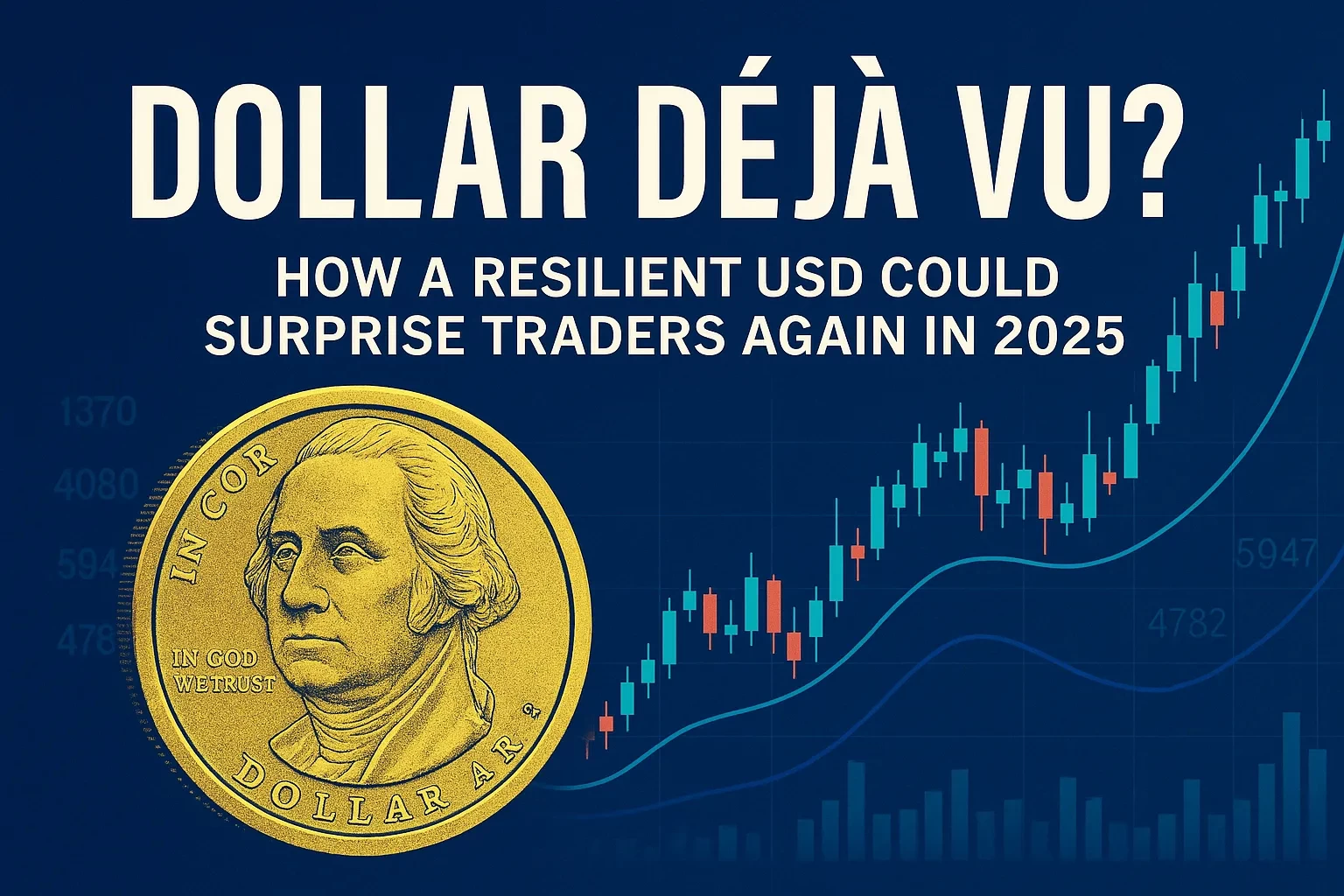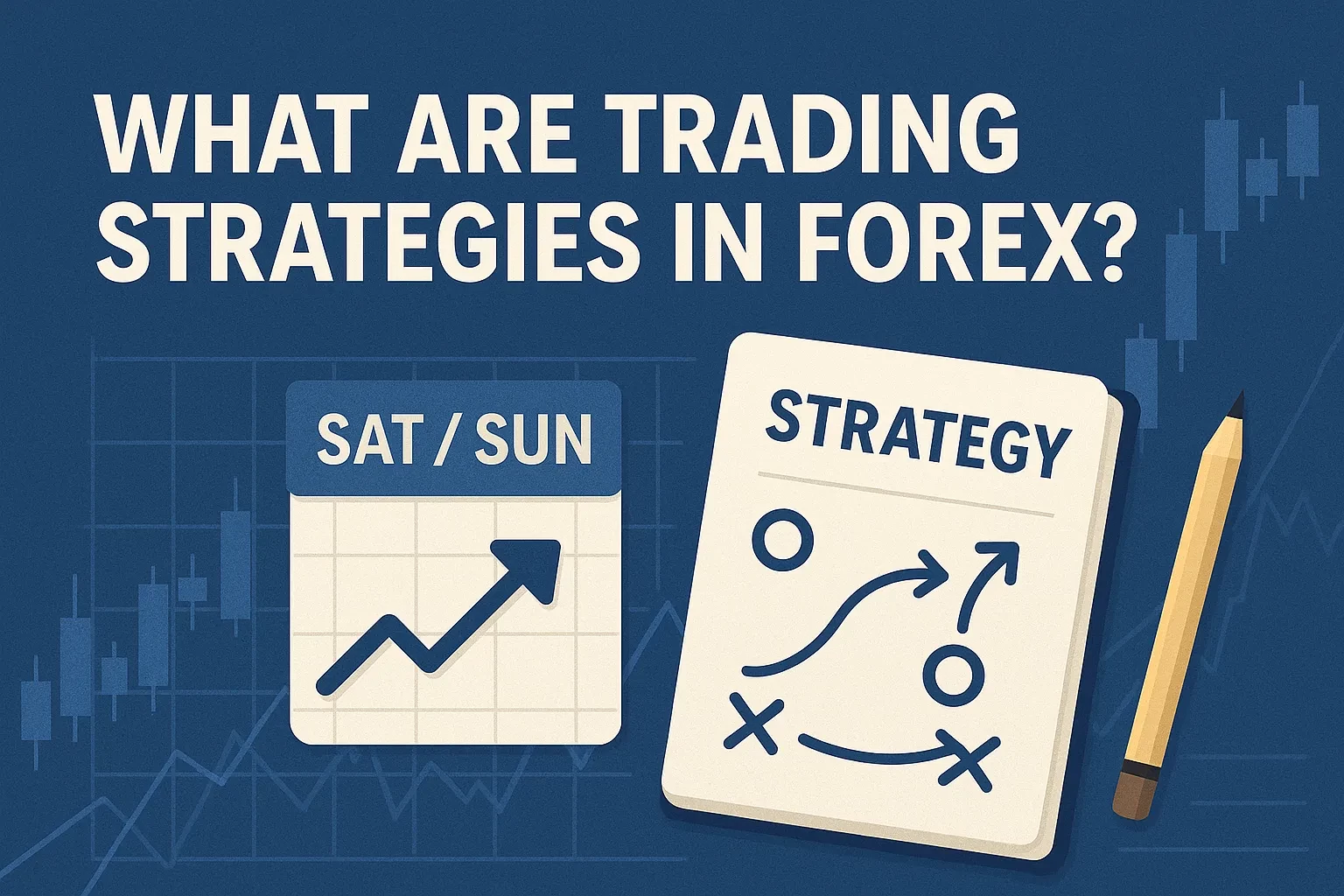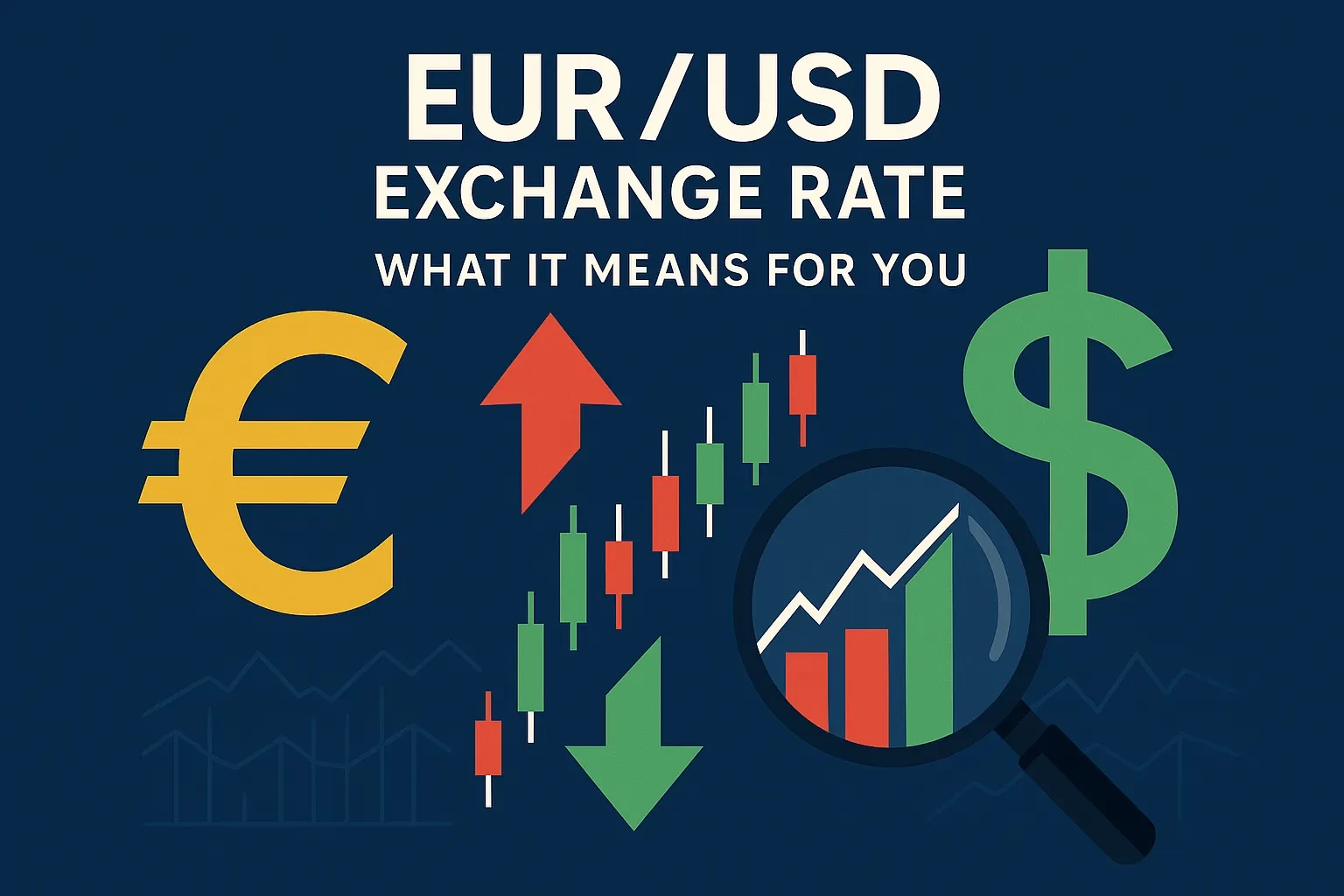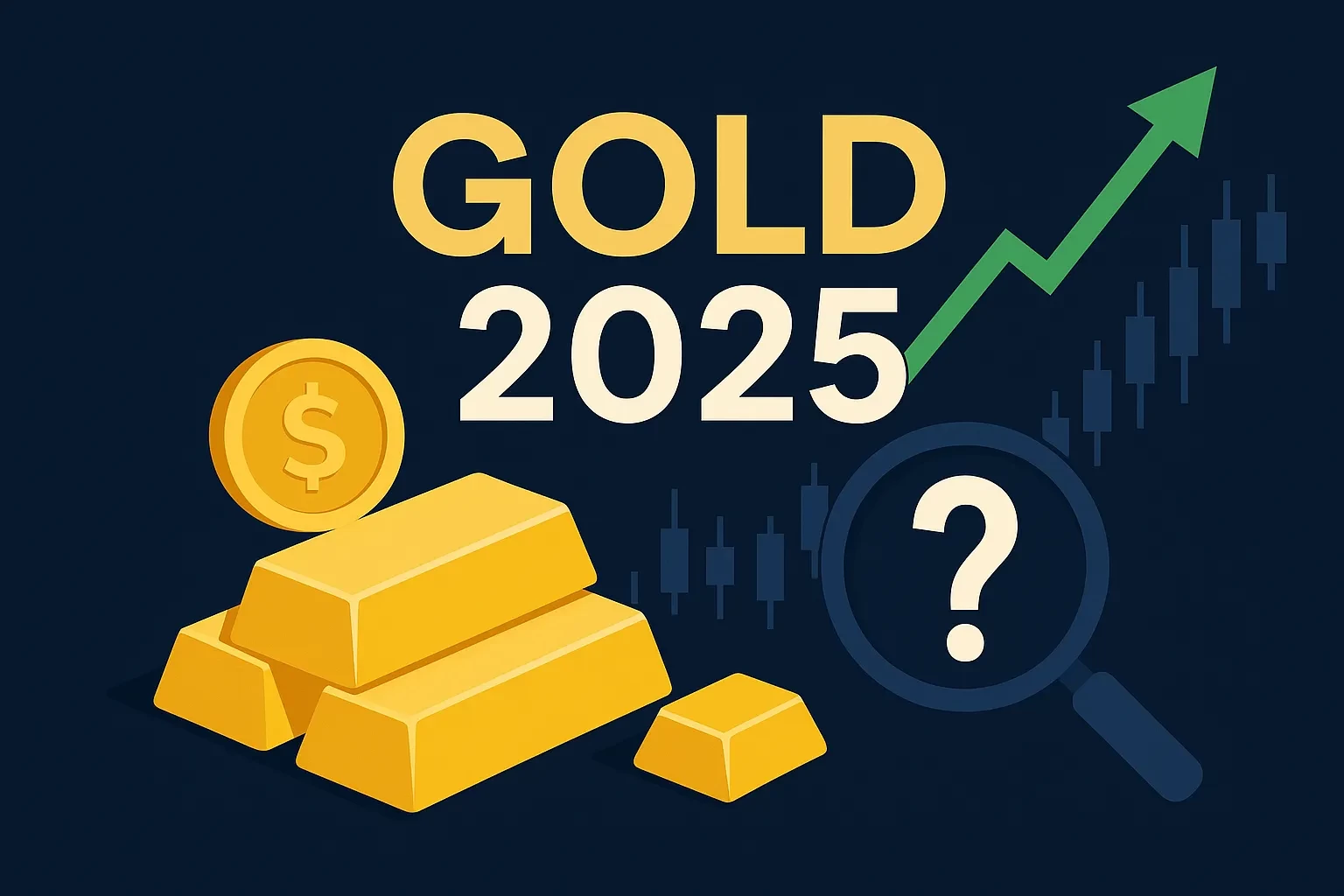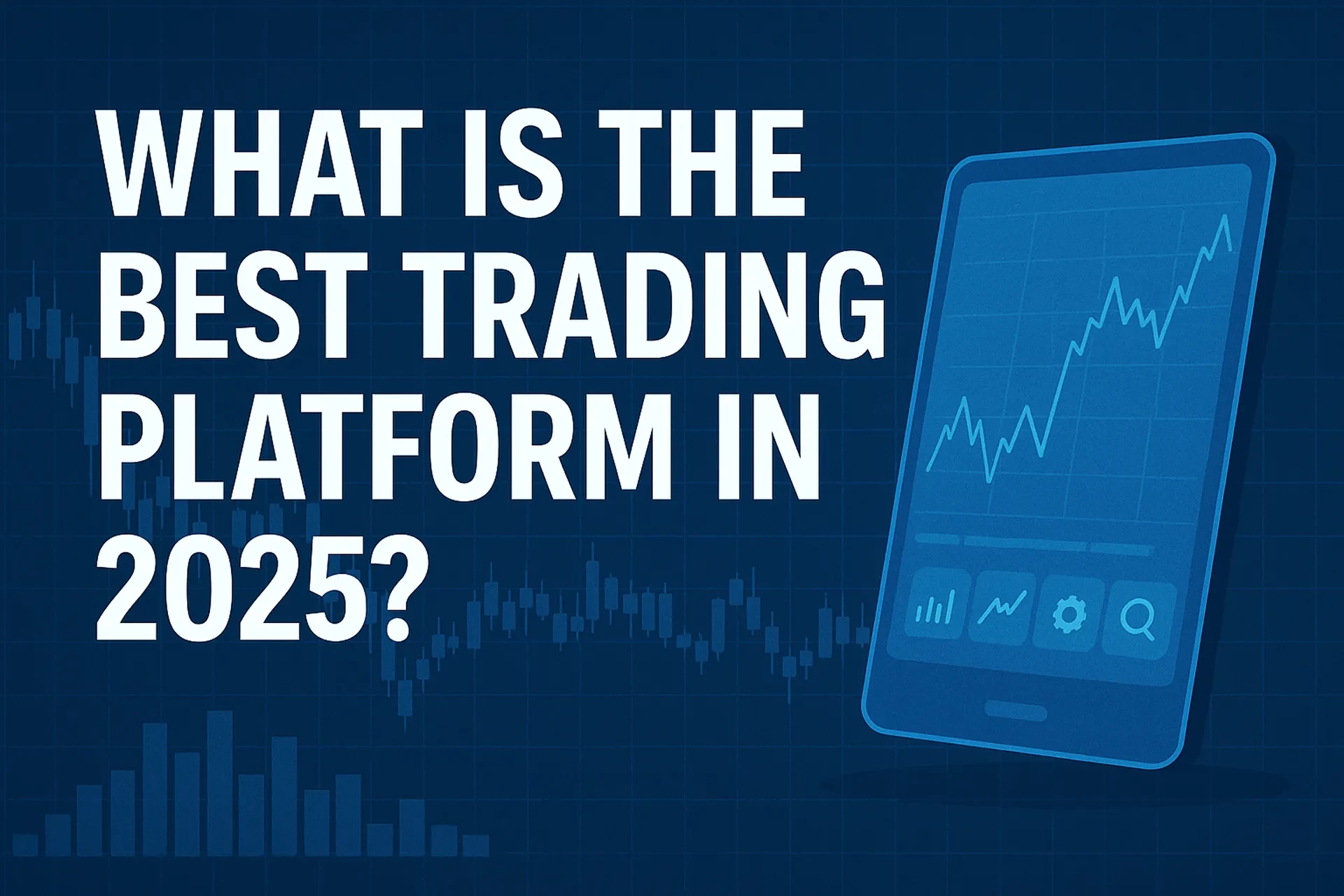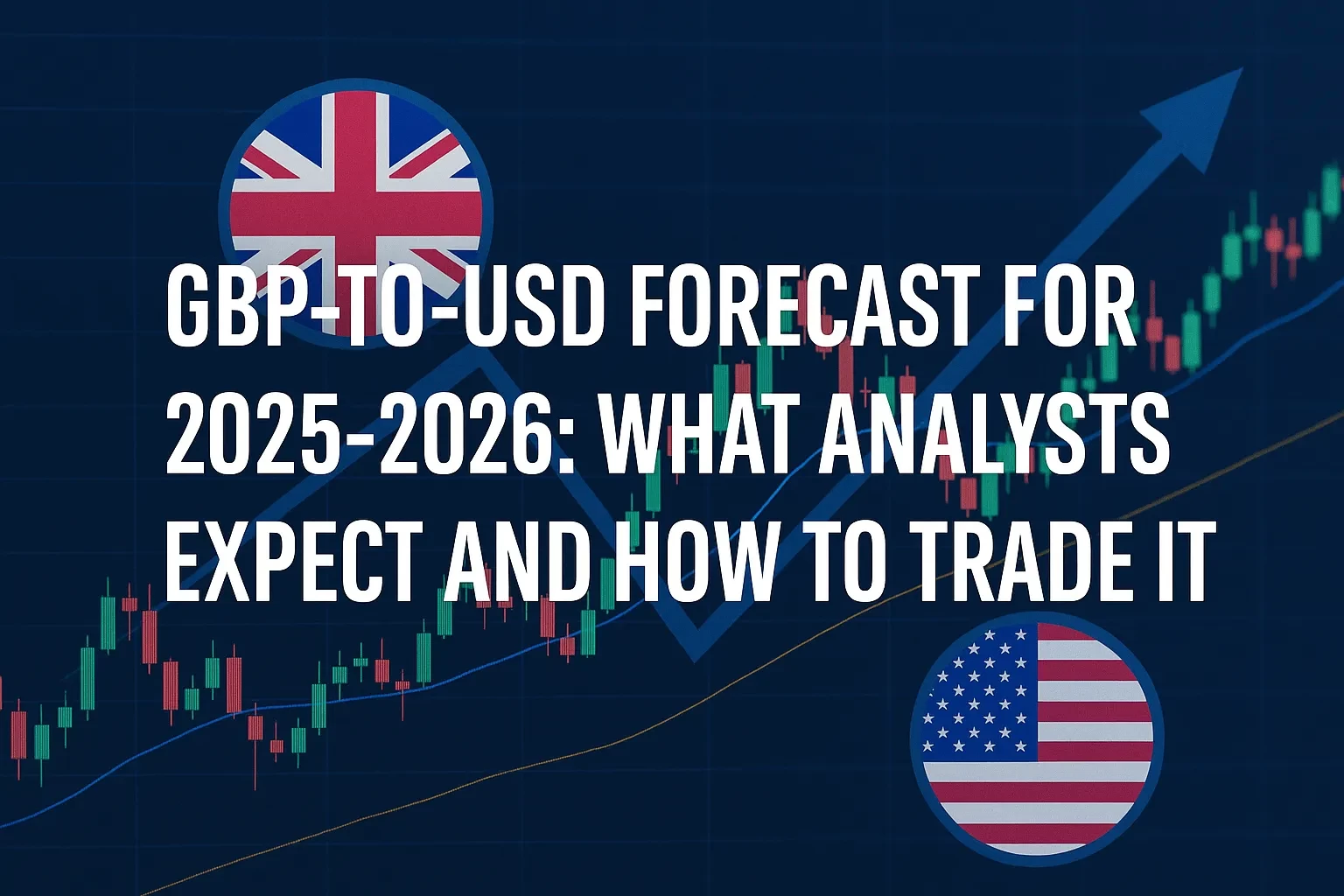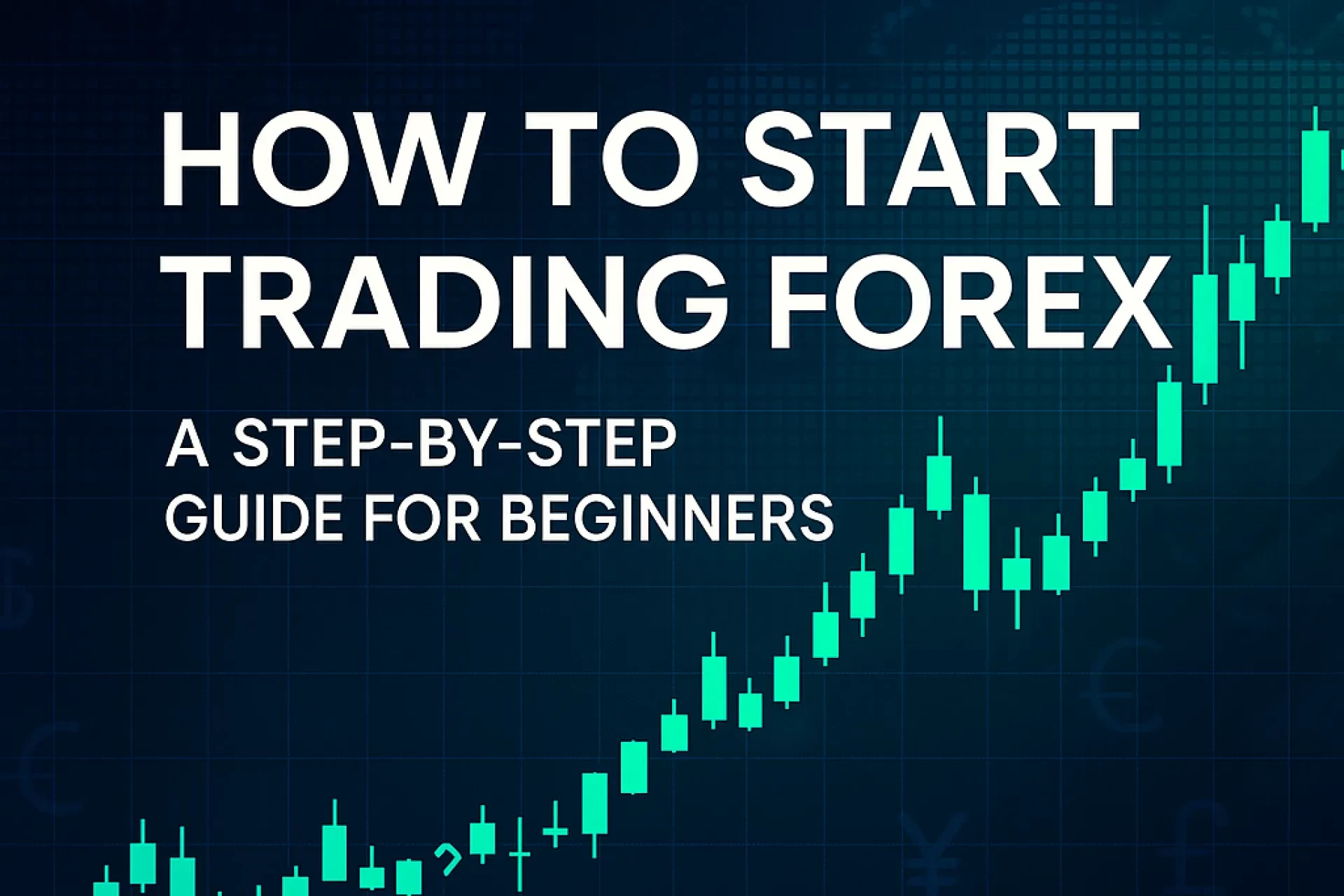Table of Contents
Which Strategy Is Better for Trading? A Deep Dive for U.S. Traders
In the labyrinth of financial markets, traders face a critical question: Which strategy is better for trading? The truth is: It depends. No single approach universally outperforms—each has strengths and limitations. What matters is aligning strategy with your objectives, time horizon, resources, and risk tolerance.
This deep dive explores:
• Core strategy families: fundamental, technical, quantitative/algorithmic, discretionary, and systematic.
• Pros, cons, and best-fit scenarios for each.
• Integrative approaches that combine methods effectively.
• Real-life decision frameworks for choosing or blending strategies.
1. Defining Key Strategy Categories
📘 Fundamental Analysis
Evaluates intrinsic value via company financials, earnings, industry dynamics, macroeconomics. Ideal for long-term investing.
• Pros: Uncovers undervalued opportunities; supports event-driven and value investing.
• Cons: Research-intensive, slow; less effective for short-term setups
📈 Technical Analysis
Analyzes price charts, indicators, and patterns for short- to medium-term entries.
• Pros: Fast signal generation; essential for day trading, swing trades.
• Cons: Subjective; may ignore market fundamentals; backtests may mislead.
🤖 Quantitative & Algorithmic Strategies
Use statistical models and automated rules to trade at scale—across timeframes.
• Pros: Eliminates emotion, high execution speed, consistent backtesting.
• Cons: High barriers to entry (coding, data, latency); model risks; sophisticated infrastructure required.
🧠 Discretionary Trading
Relies on human judgment—chart patterns, news, sentiment.
• Pros: Leverages intuition; adapts flexibly.
• Cons: Emotion-driven; inconsistent without discipline.
🔄 Systematic Trading
Combines rule-based and algorithmic consistency, but often executed by humans or automated tools.
• Pros: Objective, repeatable, testable.
• Cons: Requires rigorous risk control, regular review.
2. Time Horizons & Strategy Fit
| Strategy Type | Time Horizon | Ideal Markets |
|---|---|---|
| Fundamental | Weeks to years | Equities, value investing, event trades |
| Technical | Minutes to weeks | Forex, futures, equities |
| Quant / Algo | Milliseconds to days | All liquid markets, especially HFT |
| Discretionary | Varies widely | All markets, often with macro overlay |
| Systematic | Days to months | Futures, commodities, equities |
3. Strengths & Drawbacks Comparison
| Strategy Type | Strengths | Challenges |
|---|---|---|
| Fundamental | Deep value insight | Slow signals; resource-intensive |
| Technical | Quick signals; easy pattern recognition | Can be subjective; no fundamental view |
| Quant/Algo | Automation, speed, emotion-free | Complex; capital-intensive |
| Discretionary | Flexible; adaptive | Prone to bias, lacks scalability |
| Systematic | Tested, repeatable | Needs constant tuning and discipline |
4. Combining Strategies: Hybrid Approaches
Rather than asking “Which is best?” consider how to blend them effectively.
➤ Technical + Fundamental
• Use fundamentals to screen assets, then time entries with technical indicators.
➤ Quant + Discretionary
• Automate routine signals, but apply human filters during unexpected events.
➤ Systematic Quant
• Implement algorithmic strategies with manual oversight to manage model risk.
Many advanced traders and CTAs blend macro fundamentals, technical triggers, and execution algorithms—for example in managed futures.
5. Choosing the Right Strategy: A Framework
• Clarify your goal & timeframe
Long-term wealth? → Fundamental + technical.
Short-term income? → Technical or discretionary.
Scalability? → Quant / algorithmic.
• Match your skills & resources
Coding + data access → Quant/algorithmic.
Market reading skills → Discretionary.
Research depth → Fundamental.
• Assess scalability & constraints
Limited capital/manual execution → Discretionary or systematic.
Strong infrastructure? → Algorithmic or HFT.
• Model and backtest thoroughly
Avoid overfitting; stress-test across conditions.
• Monitor and adapt
Markets evolve—regularly review and update methods.
6. Real‑World Strategy Examples
Moving Average Crossover (Technical)
• Fast MA crossing above slow MA = buy signal—used by technical traders.
Earnings‑Driven Event Trade (Fundamental)
• Buy before expected earnings beat, exit after results—medium‑term hold.
Mean Reversion Algo (Quant)
• Automatically trades small deviations from historical mean using statistical thresholds.
Trend‑Following CTA (Systematic)
• Mixed futures strategy across commodities and FX, based on momentum.
Sentiment / News Algo
• Trades triggered by news sentiment using AI feed—emerging frontier.
7. Final Thoughts: No One‑Size‑Fits‑All
• No single strategy reigns supreme. Each has pros and cons depending on context.
• Combining strategies—such as fundamental filters with technical triggers or quant scaling an initial discretionary decision—often yields robust results.
• Success depends on alignment: Choose based on your goals, resources, time, and personality.
• What matters most: Discipline, a clear plan, objective rules, and consistent adaptation to evolving markets.

